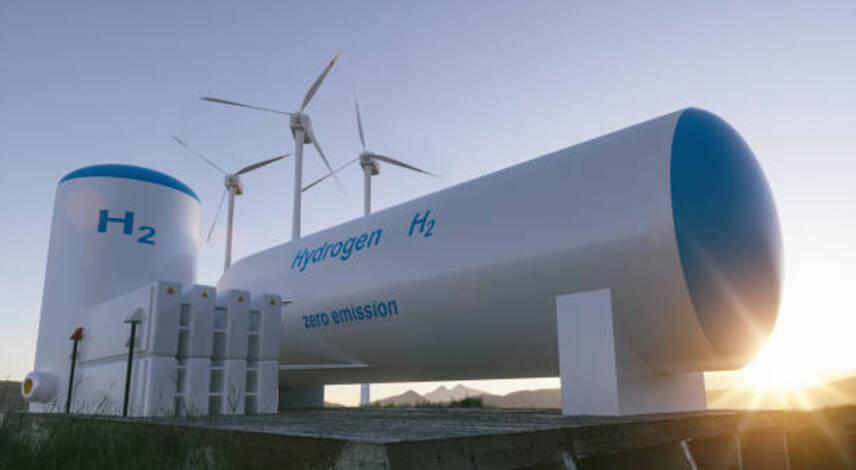Rising natural gas prices had already made hydrogen obtained from fossil fuels growingly uneconomic, prompting more than $70 billion in new investment in green hydrogen since the Ukraine conflict began, according to a report released on Thursday.
Blue, gray, and green hydrogen
We make green or clean hydrogen by splitting water from oxygen using electrolyzers powered by renewable energy. Whereas, we create blue hydrogen by combining natural gas with technology that captures and stores the carbon dioxide emissions generated.
Grey hydrogen is the standard industry process for extracting hydrogen from coal or gas via steam methane reforming.
Green hydrogen is hailed as a critical component in decarbonizing industries that rely on coal, gas, and oil. These are primarily steel and chemicals industries. However, the production costs have traditionally been much higher than for other forms of hydrogen.
Fossil fuels are not an option – they are too pricy
Gas prices on international markets have risen by more than 70% since the start of the Ukrainian conflict in February. Thus, the cost of producing hydrogen from fossil fuels has become more expensive. IEA report says – clean hydrogen production is cheaper.
Owners of fossil-fuel hydrogen assets in Europe will see their production costs rise by approximately 50% to $7.60/kg. At the same time, new blue hydrogen in Asia costs 35% more at $6.40/kg, and grey hydrogen costs 29% more than clean hydrogen.
Green hydrogen will cut the costs
The continued rapid investment in green hydrogen in the coming years could result in production costs falling below $2/kg by 2030, down from an average of $3.80-$5.80/kg prior to the Ukraine war.

According to the report, this puts more than $100 billion in operating fossil hydrogen investments at risk. They might become shipwrecked assets by 2030.
Renewable energy deployment has increased this year as countries try to halt themselves off Russian gas, according to the International Energy Agency.
According to Carbon Tracker, 25 countries have pledged $73 billion in public and private funds to the production of green hydrogen since the conflict in Ukraine began, with Germany, Morocco, and the United States promising the most.

